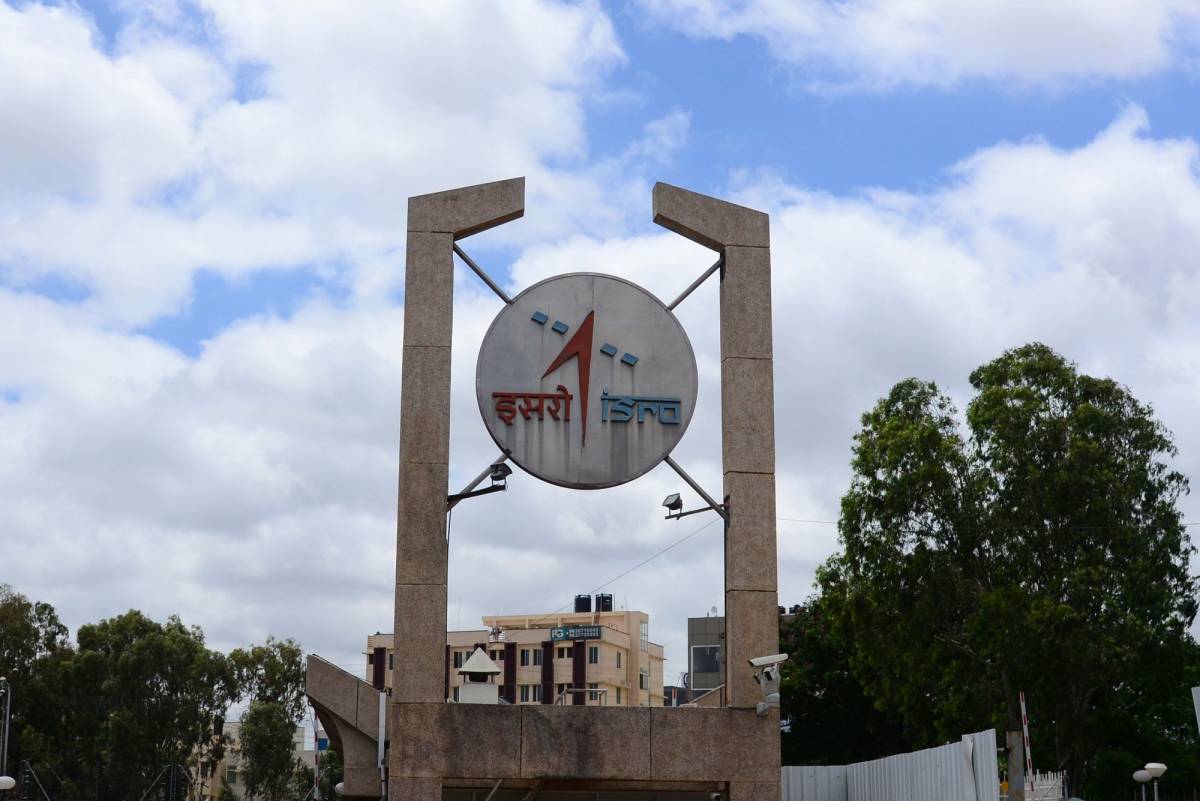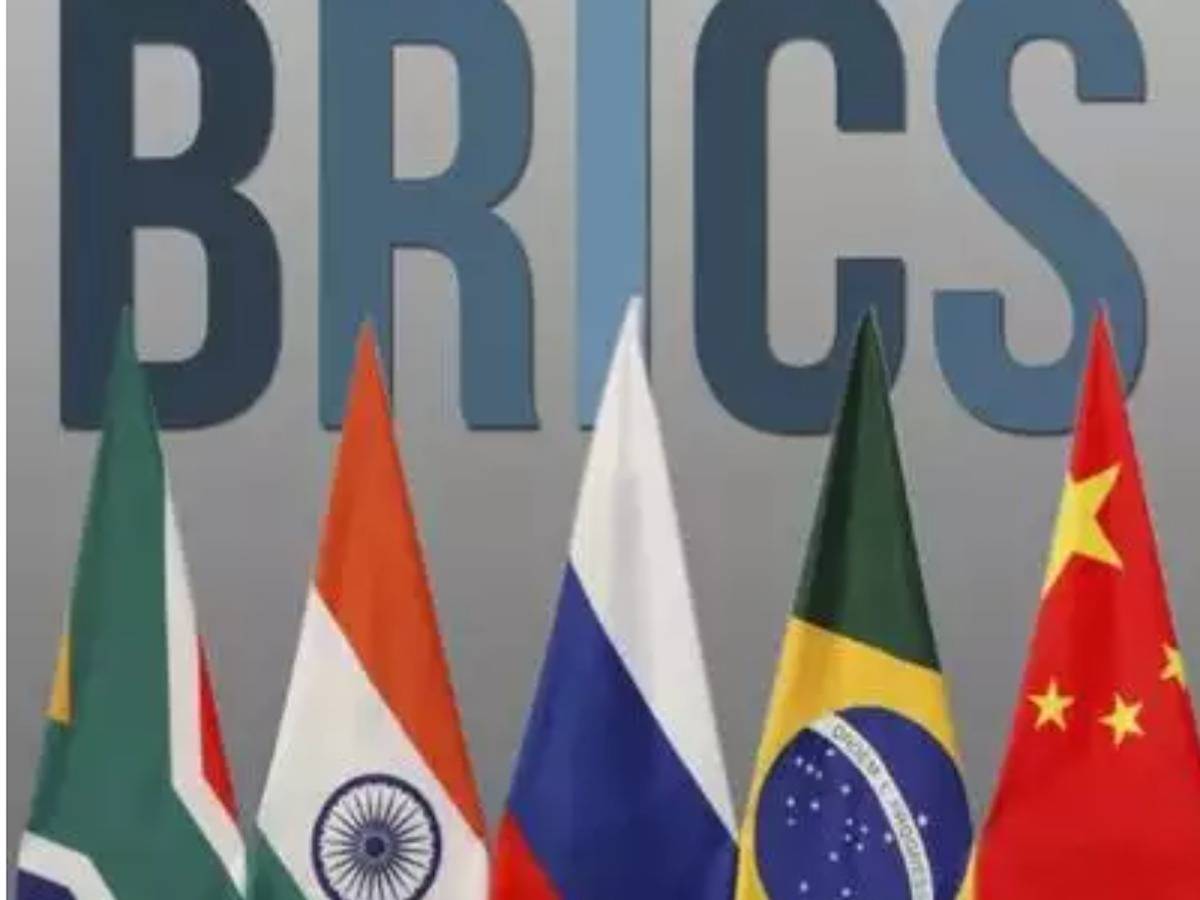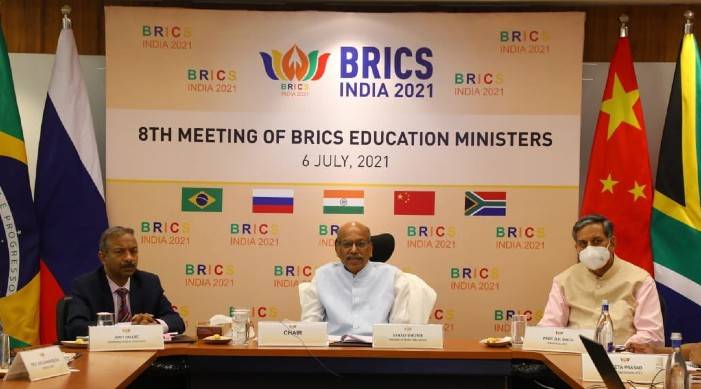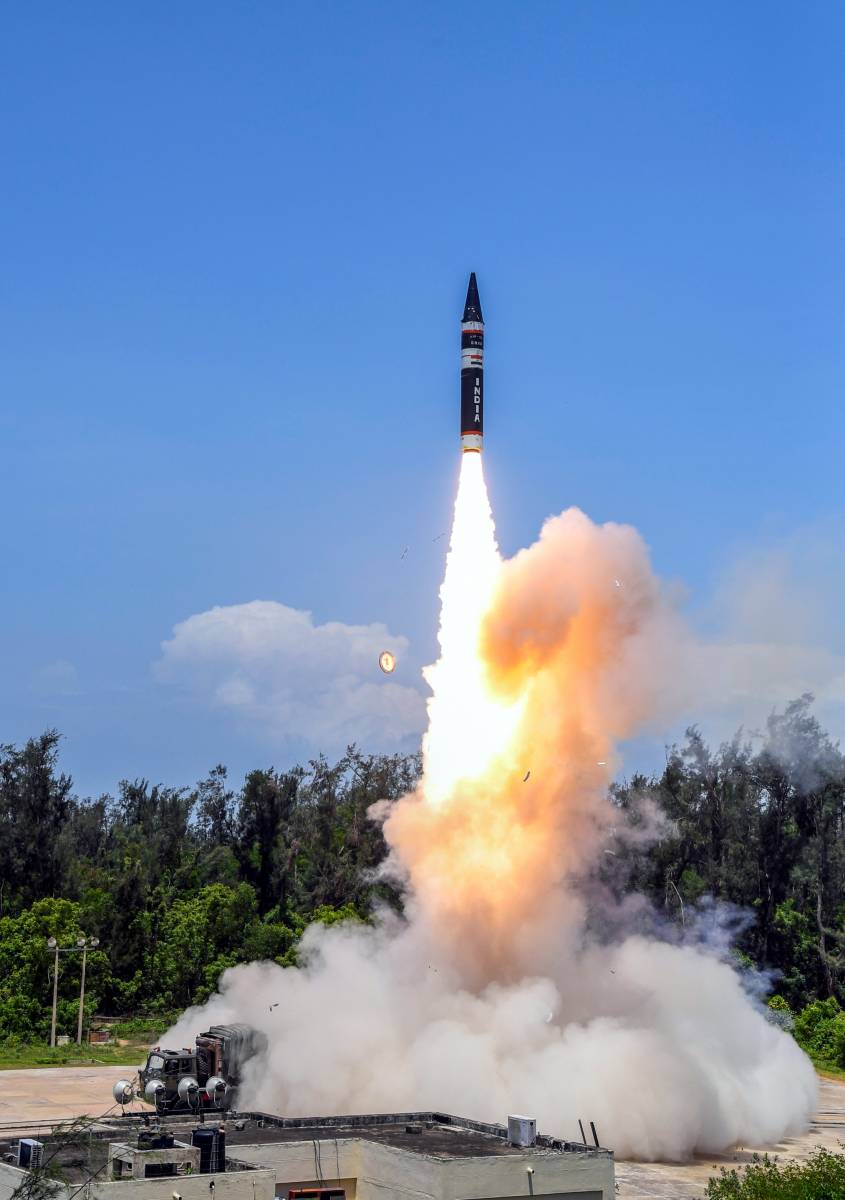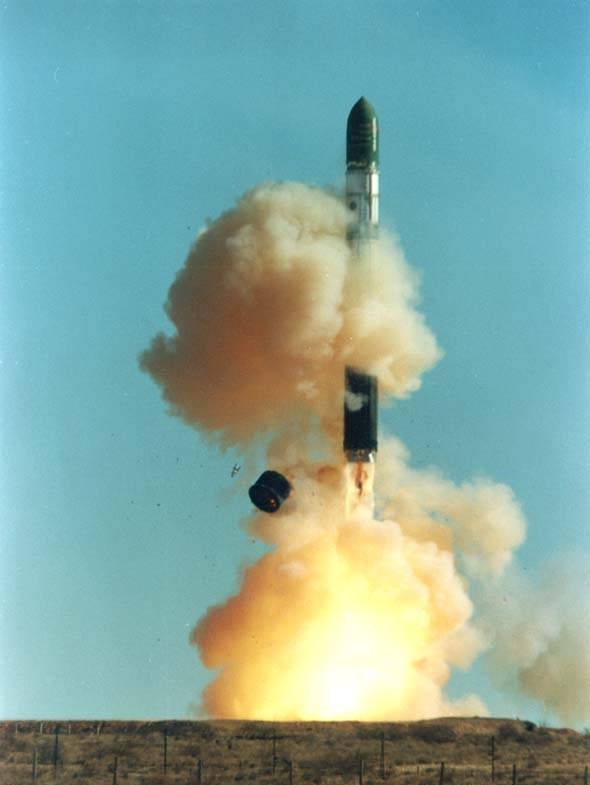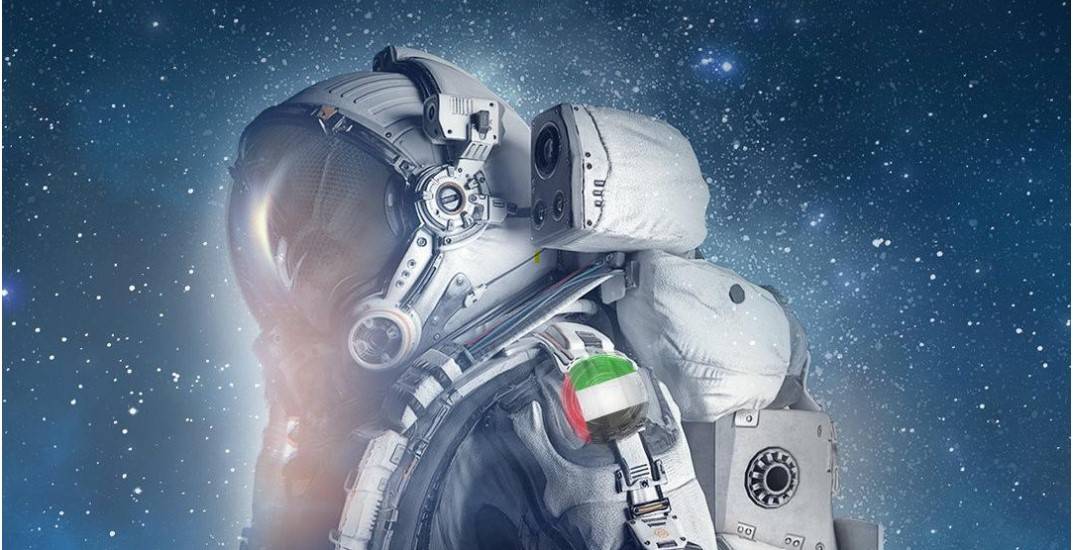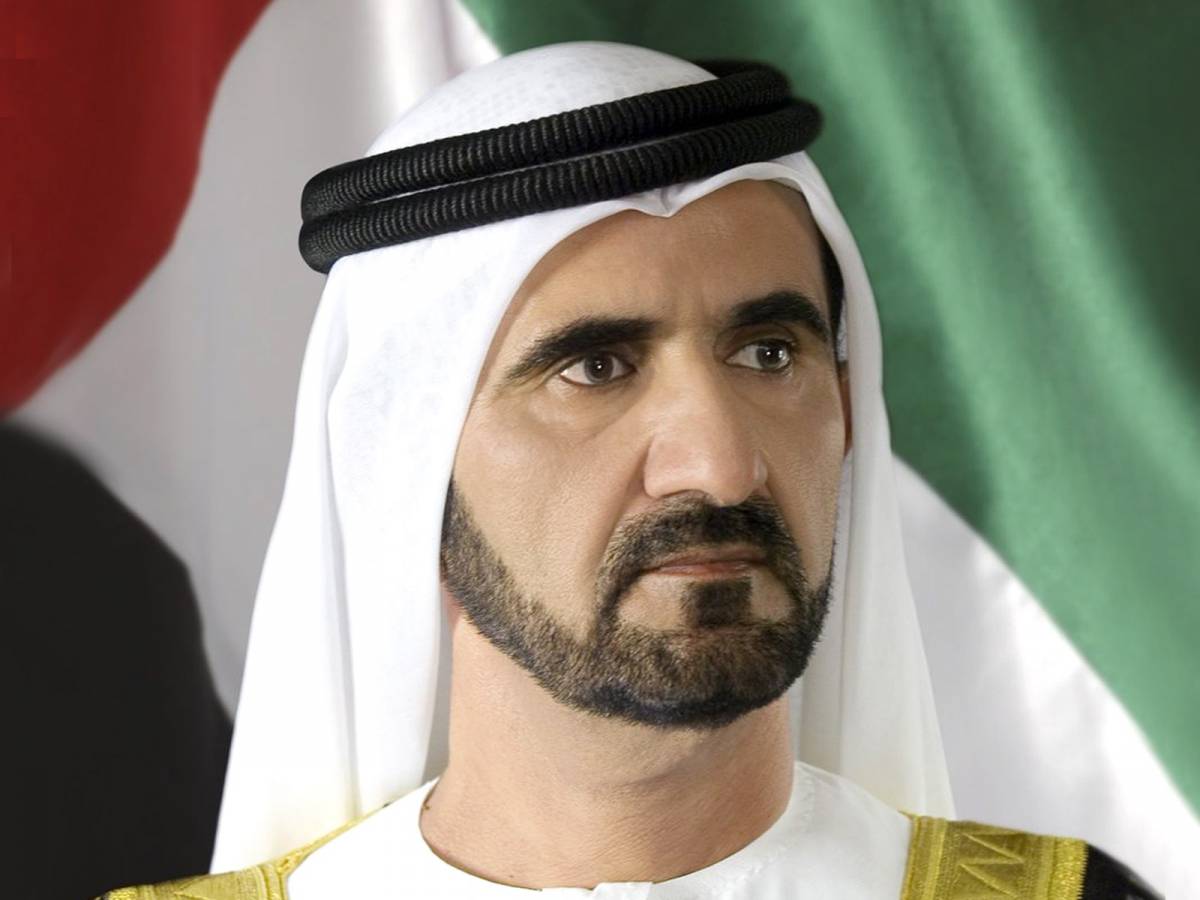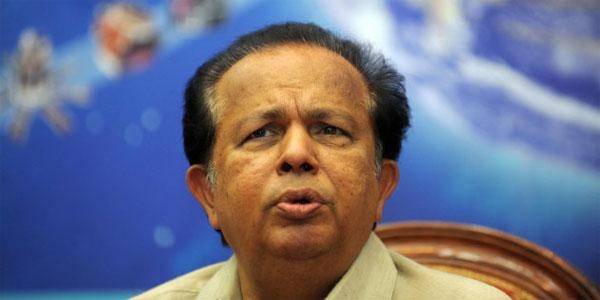The satellite will play a strategic role in the nation’s defence with its capability to operate in day, night and all weather conditions with a mission life of five years….reports Venkatachari Jagannathan
Indian space agency ISRO is gearing up to put two eyes in the sky to look at the country soon.
The Indian Space Research Organisation (ISRO) is working towards sending up two earth observation satellites — EOS-3 and EOS-4.
The EOS-4 or Risat-1A is a radar imaging satellite with Synthetic Aperture Radar (SAR) that can take pictures during day and night looking through the clouds.
The satellite weighing over 1,800 kg will be carried by the Polar Satellite Launch Vehicle (PSLV) this September, said ISRO.
The EOS-4 is a repeat microwave remote sensing satellite of Risat-1 and is configured to ensure continuity of SAR in C-Band providing microwave data to the user community for operational services.
The satellite will play a strategic role in the nation’s defence with its capability to operate in day, night and all weather conditions with a mission life of five years.
The satellite has high data handling systems and high storage devices among other things.
According to ISRO, the satellite will provide imaging data for various applications related to land, water and environment which find useful inputs for agriculture, forestry and water resource management, said ISRO.

An ISRO official had earlier said an earth observation satellite will send pictures which will be used by different agencies as per their needs.
The Risat-1 weighing 1,858 kg was launched in 2012 using a PSLV rocket. Its mission life was five years.
However, prior to EOS-4, the satellite that would be launched by ISRO will be EOS-3 or the Geo Imaging Satellite-1 (GISAT-1).
The GISAT-1 will be the country’s first sky eye or earth observation satellite to be placed in geostationary orbit.
As a result the satellite will have a steady eye on the areas of interest (the satellite will move in sync with the rotation of the earth and hence would look stationary) unlike other remote sensing satellites placed in lower orbit that can come to a spot only at regular intervals.
The satellite and the rocket (Geosynchronous Satellite Launch Vehicle – F10 (GSLV-F10) are ready at the rocket launch centre in Sriharikota.
The Indian space agency is expected to fly the rocket with GISAT-1 sometime middle of August.
Originally the GISAT-1 was slated for launch on March 5, 2020, but hours before the launch ISRO announced postponement of the mission owing to some technical glitch.
Soon after the Covid-19 pandemic and the lockdown delayed the mission. The rocket had to be dismantled and cleaned up.
Subsequently, the GISAT-1 launch was slated for March 2021 but due to problems in the satellite’s battery side, the flight got delayed.
With the replacement of the battery the satellite and the rocket were being readied for their flight at Sriharikota when the second wave of Covid-19 swept in affecting many at the rocket launch centre.
Queried about launching the satellite using a foreign rockets like Ariane of Arianespace as there is an opportunity cost involved with a fully built satellite on the ground Department of Space Secretary and ISRO Chairman K. Sivan had told IANS: “Only China and the US are launching rockets. Others are not. Anyway we have our own rocket to launch.”
He said once the Covid-19 spread comes down, the satellite will be launched.
The Indian space agency had earlier said the 2,268 kg GISAT-1 would provide a real time image of a large area of region of interest at frequent intervals. It will also enable quick monitoring of natural disasters, episodic events and any short-term events.
The satellite will have payload imaging sensors of six band multi-spectral visible and near infra-red with 42 metres resolution; 158 bands hyper-spectral visible and near infra-red with 318 metres resolution and 256 bands hyper-spectral short wave infra-red with 191 metres resolution.
A four metre diameter Ogive shaped payload fairing (heat shield) has been used in the rocket for the first time, ISRO had said.

